Organic farming is becoming increasingly popular as an environmentally friendly and sustainable way of growing crops. Organic topsoil can be a great choice for those looking to start their own organic farm. Organic topsoil is naturally rich in nutrients, free of chemical fertilizers, and can help reduce the amount of water and energy used in farming. This article will provide an introduction to organic farming basics with organic topsoil, including information on what it is, why it's important, how to use it, and more.
Organic farming is a form of agriculture that relies on natural processes, such as composting, crop rotation, natural pest control, and the use of cover crops and green manures to maintain soil fertility. By avoiding chemical fertilizers, pesticides, and other synthetic inputs, organic farmers are able to produce healthier food while preserving the environment. Organic topsoil is an essential component of this type of farming; it helps to keep the soil healthy and nutrient-rich, allowing for higher yields and healthier crops. In this article, we'll explore the basics of organic farming with organic topsoil and provide some tips on how to get started.
We'll also take a look at some of the benefits of using organic topsoil for farming. The first step to successful organic farming is understanding the benefits of using organic topsoil. Organic topsoil is free from chemical pesticides and fertilizers, which can have a negative impact on the environment. It also helps to improve soil fertility and structure, increasing water retention and providing essential nutrients for your plants. Additionally, organic topsoil will help to promote biodiversity in your farm, as it provides a habitat for beneficial insects and microorganisms that can help to naturally regulate pests and diseases.
Once you understand the benefits of organic topsoil, it's time to consider the best practices for successful organic farming. First, make sure to select an appropriate location for your farm; it should be well-drained and have access to plenty of sunlight. Additionally, it's important to choose a variety of crops that are well-suited to your climate and soil conditions. When planting your crops, use compost or other natural fertilizers to ensure that your soil has the necessary nutrients.
Finally, practice crop rotation to reduce soil depletion and prevent pest infestations. When it comes to caring for your organic farm, there are several steps you can take to ensure success. First, monitor your soil carefully to make sure that it's rich in nutrients and free from harmful chemicals. Additionally, use mulch or cover crops to protect your soil from erosion and retain moisture.
Finally, practice integrated pest management (IPM) techniques such as hand-picking pests or using natural predators to control pest populations. By following these tips and best practices for organic farming with organic topsoil, you'll be well on your way to creating a successful and sustainable farm. Not only will you be protecting the environment by avoiding chemical pesticides and fertilizers, but you'll also be reaping the rewards of healthier crops and greater yields.
Best Practices for Organic Farming
Location: Organic farmers should select an appropriate location for their farm that is conducive to organic practices. This means avoiding areas that are prone to flooding, soil erosion, or dust storms.It also means selecting a location that has access to clean water and an adequate amount of sunlight.
Crop Varieties:
Farmers should choose crop varieties that are well-suited to their climate and soil conditions. Some crops may require certain temperatures, soil pH levels, and other conditions in order to thrive. Additionally, some crops may require specific types of soil, such as clay or sandy soil, in order to produce the best harvest.Fertilizers: Organic farmers should use compost or other natural fertilizers when planting crops. These fertilizers are rich in nutrients and help to improve soil quality without introducing potentially harmful chemicals. Additionally, these natural fertilizers can help to reduce the need for additional chemical fertilizers.
Crop Rotation:
Crop rotation is an important practice for organic farmers to reduce soil depletion and prevent pest infestations.By alternating the crops grown in different locations from season to season, farmers can ensure that the soil is not depleted of nutrients and pests are not attracted to the same crops year after year.
Caring for Your Organic Farm
Caring for your organic farm is essential for achieving the best possible results. To ensure your soil is rich in nutrients and free from harmful chemicals, there are several steps you can take. These include monitoring your soil for nutrient content and harmful chemicals, using mulch or cover crops to protect your soil from erosion, and practicing integrated pest management (IPM) techniques such as hand-picking pests or using natural predators. When it comes to monitoring your soil for nutrient content and harmful chemicals, soil testing is the best way to determine what your soil needs.Most soil tests measure the levels of nitrogen, phosphorus, and potassium (NPK) and will also assess pH levels and other essential elements. By regularly testing your soil, you can ensure that your plants have the necessary nutrients to thrive and that there are no harmful chemicals present. Mulch and cover crops are also important for protecting your soil from erosion. Mulch is simply a layer of material such as straw or bark that you lay over the topsoil. This helps keep water in the soil and prevent weeds from growing.
Cover crops are also beneficial since they improve soil structure and fertility as they decompose. They also help reduce erosion by trapping sediment and providing a physical barrier against water. Finally, it’s important to practice integrated pest management (IPM) techniques. IPM involves using natural predators such as ladybugs or lacewings to eliminate pests without the use of chemical pesticides. Hand-picking pests is also an effective way to control pests without harming the environment.
By taking these steps, you can ensure that your organic farm is healthy and productive.
Advantages of Organic Topsoil
Organic topsoil offers a number of advantages for farmers looking to create a sustainable and healthy agricultural environment. By avoiding the use of chemical pesticides and fertilizers, organic topsoil can help maintain soil fertility, water retention, and nutrient supply while increasing biodiversity. The use of organic topsoil can be beneficial to soil fertility and sustainability in several ways. First, organic matter helps improve the nutrient content of the soil, allowing for better growth of crops and other plants.Additionally, organic matter acts as a buffer against erosion, protecting the soil from wind and rain erosion. Organic matter also helps increase water retention, allowing plants to access more water during times of drought or dry conditions. Organic topsoil can also improve biodiversity in an agricultural environment. By providing additional sources of organic matter and nutrients, organic topsoil can support a greater variety of plants and animals.
This can create a healthier ecosystem that is better able to support crop growth and resist pests and disease. Finally, organic topsoil can help improve nutrient supply in an agricultural setting. By offering additional sources of essential nutrients, organic topsoil can ensure that crops are receiving the nutrients they need to grow and thrive. This can help farmers reduce their need for chemical fertilizers, while still maintaining healthy levels of nutrition in their crops. Organic topsoil offers a number of advantages for farmers looking to create a sustainable and healthy agricultural environment.
By avoiding the use of chemical pesticides and fertilizers, organic topsoil can help maintain soil fertility, water retention, nutrient supply, and biodiversity. By following these tips and best practices for organic farming with organic topsoil, you'll be well on your way to creating a successful and sustainable farm. Not only will you be protecting the environment by avoiding chemical pesticides and fertilizers, but you'll also be reaping the rewards of healthier crops and greater yields. Organic farming with organic topsoil provides a range of benefits, from improving soil health and fertility to increasing crop yield. With careful planning, use of best practices, and an understanding of the advantages of organic topsoil, you can create a thriving and sustainable organic farm.

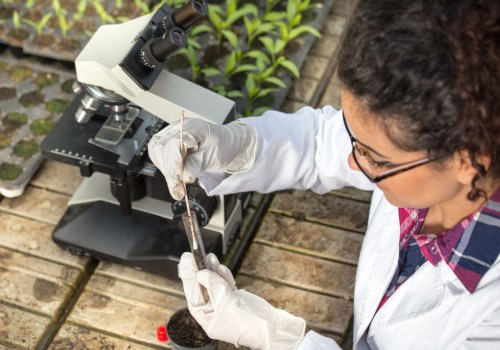
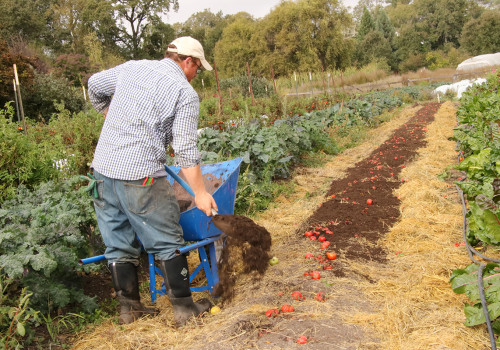
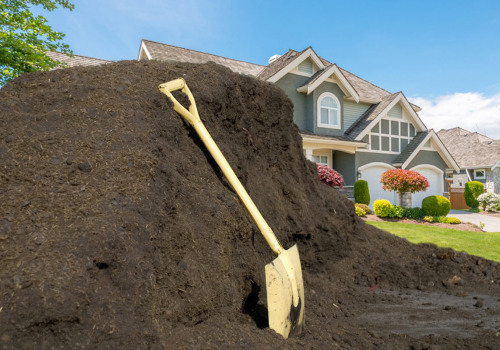
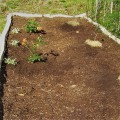
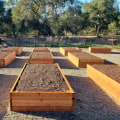
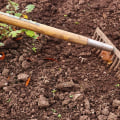
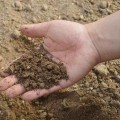

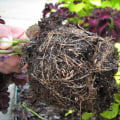

Leave a Comment